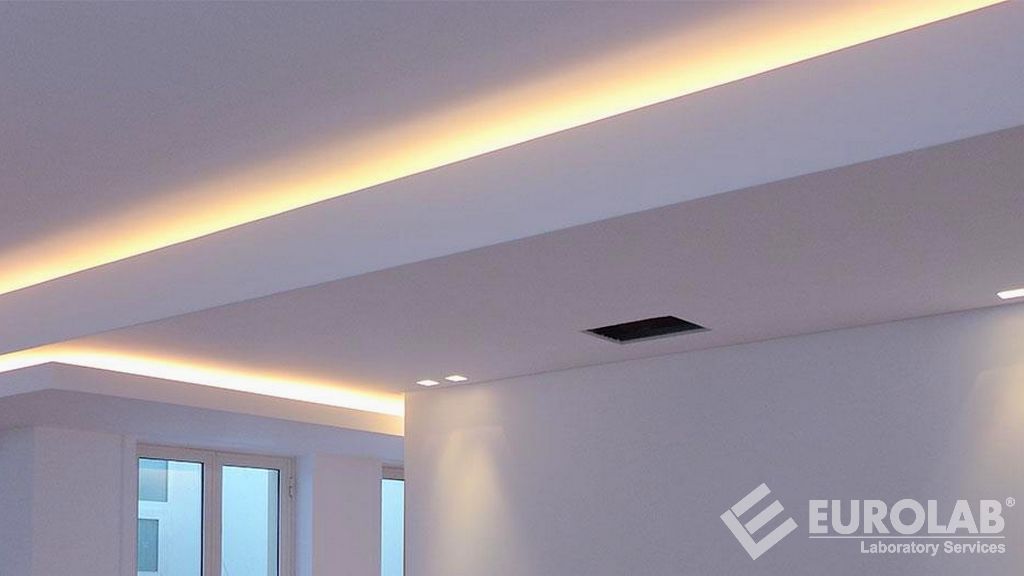


The ANSI/IES LM-84-20 standard, developed jointly by the American National Standards Institute (ANSI) and the Lighting Engineering Society (IES), describes a method for measuring luminous, radiant, or photon flux, as well as chromaticity and other spectral properties over time. This method applies to LED lamps, LED light engines, LED luminaires, OLED light engines and OLED luminaires. This method includes the procedures and precautions to be followed in both the initial determination and reproduction of the results to determine the luminous, radian or photon flux as standard, and the spectral power distribution and chromaticity under standard operating conditions.

Solid state lighting products are adopted in horticulture and other applications. These products are expected to be adopted in new lighting applications and enter additional markets. As a result of additional applications to solid state lighting products, the scope of this approved method has been expanded to include reporting both photon flux and radiant flux as well as luminous flux.
A light-emitting diode (LED) is a semiconductor equipment that emits optical radiation when an electric current is passed through it. Most LEDs emit a narrow band of wavelengths ranging from infrared (about 1000 nanometers wavelength) to ultraviolet (about 300 nanometers). LEDs are widely used in remote controls, security lighting, screens for phones, tablets and computers, TV sets, home lighting, outdoor lighting, street and garden lighting, traffic signals, and increasingly in the automotive industry. However, despite its many advantages, studies are ongoing to assess whether there are any potential risks to human health from these innovative light sources. Opinions on the potential risks of LEDs to human health are published. However, any optical radiation exposure from LEDs is insignificant compared to exposure to natural light outdoors.
Within the scope of ANSI/IES LM-84-20 standard, our organization, with its trained and expert staff and advanced technological equipment, among the numerous test, measurement, analysis and evaluation studies it has given for businesses in various sectors, It also provides testing services for the measurement of luminous flux and color maintenance of LED lamps, light engines and luminaires.
